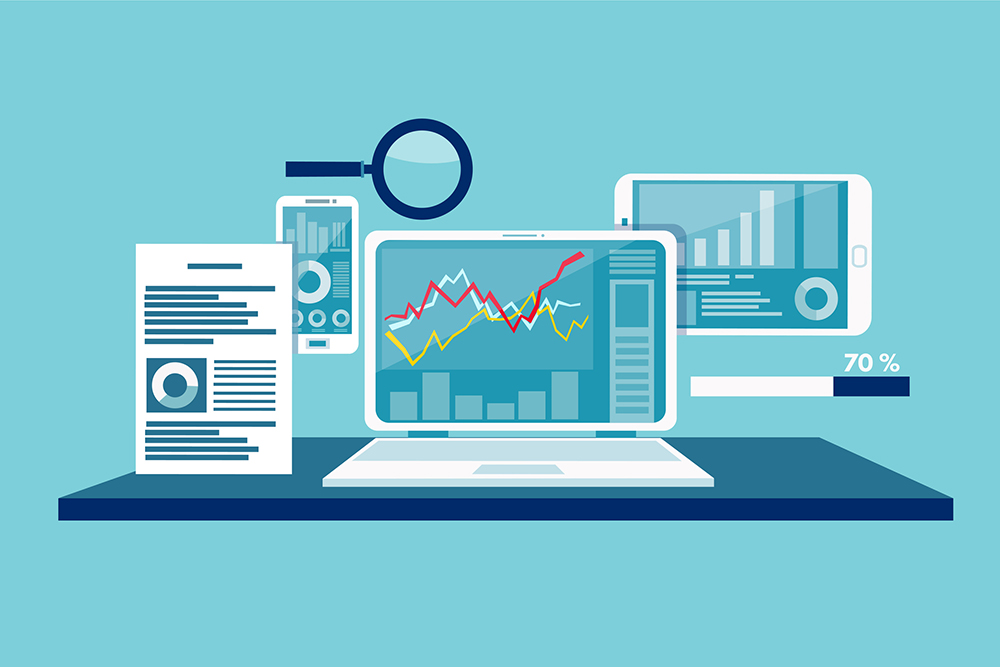Have you heard the term “organizational diagnostics” or “organizational diagnosis”?
It’s quite possible you’ve engaged in organizational diagnostics without using that term. It’s the idea of taking a systematic approach to assessing the organization and determining where there may be problems and is often used during times of change to help organizations uncover hidden, unintentional roadblocks to change efforts. It may also be used to find areas resistant to change and then determining strategies to help.
If a company is not meeting its goals, there may be specific areas, processes, people, or departments that are problematic, and organizational diagnostics can be used to ferret out these problems and can use evidence-based modeling to find where the issues are.
Here’s a general organizational diagnosis outline:
- Determine what areas are to be evaluated. This could be as small as one process or as big as the entire organization.
- Quantify and/or qualify what constitutes a best practice or high level of performance for the area being assessed. Basically, you need a standard of comparison or benchmark. The benchmark or benchmarks used could include both outcomes and processes that are followed.
- Create an outline of what data will need to be examined in order to compare the organization with the benchmarks, which is the basis for the next step.
- Collect the information, and assess how it compares with the benchmarks. Determine where gaps exist.
- Determine next steps to improve the organization.
The above outline simplifies the usually detailed process, but here are some considerations that dive deeper into the specifics:
- Determine which perspective(s) will be utilized in your assessment. For example, depending on what is being assessed, the benchmarks could include things like customer happiness, employee efficiency, productivity/output, etc. There are a number of differing (and sometimes competing) perspectives to consider, and the methods for collecting information about the organization may differ depending on which perspective is given priority.
- Assess what the goal is. For example, is the goal to determine roadblocks to cultural change? Or is it to improve organizational productivity and efficiency, increase customer satisfaction, or determine skills gaps that will hinder future performance? Knowing the goal in advance is critical because it will also shape how the assessment is conducted.
- An organizational diagnosis may meet resistance, especially if people assume the goal is to fire individuals who are not meeting standards. To minimize the risks of nonparticipation, be sure that the goal of the program is communicated in advance and people are brought in as partners in achieving that goal.
All of this can potentially be complex. An organizational diagnosis can be a deep dive into the organizational processes that drive outcomes, which is not something that happens overnight. Some organizations hire third parties like consulting firms to do this type of assessment, which can bring knowledge, outsider perspective, and objectiveness to the process.
The post What Is Organizational Diagnostics? appeared first on HR Daily Advisor.
